Summary
Pivit sought to redefine the in-store shopping and checkout experience for both customers and store employees. Pivit brought the online shopping and engagement experience to in-store customers while providing best in-class tools to store employees and managers to create a seamless and efficient purchasing experience.
A system needed to be created, designed, developed, and validated from the ground up to accomplish a complete restructuring of the aging point of the sales systems process. Several problems needed to be solved in order to achieve this goal, including the creation of a mobile application, a web administration portal, a point of sales hardware device and application, and a cloud services foundation to support it all.
Mobile Application
Problem
Pivit’s customers need a way to engage with the ecosystem while on the go. In addition, stores need a way to identify customers as they enter store premises. Each Customer will likely have a different phone with a different operating system that needs to work wonderfully regardless.
Solution
To create a cross-platform application that would be fast, easy to use, and reliable, we used the Xamarin Forms framework. This allowed us to leverage existing high-level .NET skills to create an iPhone, Android, and Windows Phone app that works and feels like a native app.
The application allows for engagement through a loyalty platform, store discovery services as well as push notifications. The location and presence technology built into modern mobile devices allows for another way to passively engage and identify with potential customers.
Web Application
Problem
Pivit’s administrators and operators needed a way to manage the many aspects of the Pivit ecosystem. Traditional point of sales systems required expensive and cumbersome “on-premise servers” to allow for customization. Updates needed to roll out faster, and changes needed to be made on the go.
Solution
Technossus built the administration tools as a web application which allowed the operators to perform necessary functions on a multitude of platforms and locations. The application was built using a lightweight, yet robust combination of ASP.NET and AngularJS.
Tablet Windows 8 Application
Problem
Pivit’s customers and end users need a way to easily perform day-to-day duties revolving around a point of sales solution. A typical point of sales systems is cumbersome, slow, and unreliable. Pivit needs to be fast, easy to use, and always available.
Solution
By creating the point of sales hardware as a Windows 8.1 application, the range of hardware appropriate for the application is much higher than other alternatives. In addition, similar to the development of the mobile application, the cost of designing and developing the point of sales application was greatly diminished through the use of existing high-level .NET skills.
Consistent updates can be automatically rolled out to the entire install base using tools such as System Center Configuration Manager and InTune. This allows for a greatly decreased cost of maintenance and support as compared to other traditional points of sales systems.
Cloud Server Infrastucture & Services
Problem
Pivit needs to be extremely reliable and fast. There are also expectations of high levels of security when dealing with any information associated with the point of sales system.
Solution
We created a server architecture based in and run almost entirely within the Microsoft Azure ecosystem. Leveraging a microservice architecture, we were able to create a system that can scale to handle peak hours and traffic seamlessly while idling down to save costs during off hours.
Services utilized in the architecture include Azure SQL, Azure Web Apps, Azure Message Queuing, Azure Table Storage, and Power BI.


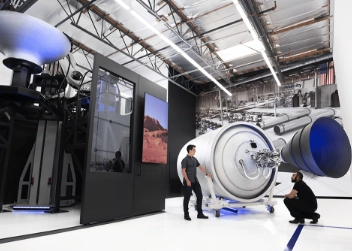

 Trusted by Leading Brands
Trusted by Leading Brands

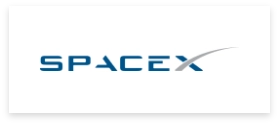

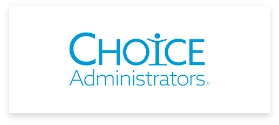
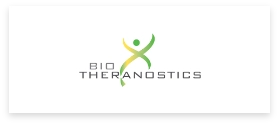
 Ready To Get Started
Ready To Get Started
